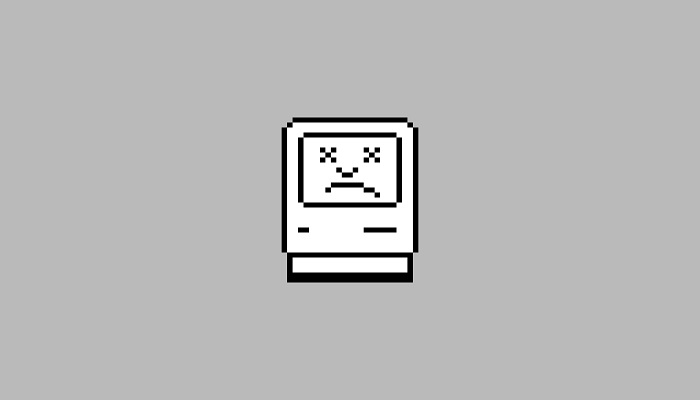Storage tape is notoriously vulnerable to damage both accidental and deliberate. The tape is susceptible to all kinds of harm and wear and tear from various environmental factors as well as accidents. Your standard digital tape usually has a lifespan of about a decade or two depending on well it’s cared for. However what many tape users don’t account for is the threat of deliberate damage by malicious insiders. One survey found an astonishing 55% of respondents had some experience of this. Deliberate damage can be motivated by internal rivalry – a staff member trying to destroy files needed by another – or an attempt to conceal wrongdoing such as destroy evidence of email exchanges. As businesses are legally obliged to retain data such as internal and external emails for future reference, such malicious activity can have serious legal ramifications.
How to handle and store tape
Of course, the tape is vulnerable to catastrophes such as fire or flood. Most people know that exposure to magnetic fields can wipe data from tapes but this isn’t always fully understood. If you’re flying with tape, you usually don’t need to worry about walk-through metal detectors or x-ray scanners but some of the luggage screening devices can harm tape, as can hand-held metal detectors.
If you’re currently reliant on tape storage for your data, the following advice is all sound:
Store and handle tape in a clean, dust-free environment. Ideally, it should be free from dirt, dust, cigarette smoke or ash, corrosive gas or pollutants including traffic fumes, and food.
Avoid getting fingerprints on the tape.
Avoid dropping it or rough handling. If shocks and jolts are expected (eg during transport) mitigate by wrapping the tape in protective material, such as bubble-wrap.
Avoid contact with water.
It should be stored out of direct sunlight or heat and away from electrical equipment or machinery.
Most recommendations advise that tape is stored between 65-70° F (or 18-21° C), and at a humidity of around 40-50%.
The best way to store tape is standing on its end rather than lying flat.
Properly wound tape is generally more resistant to damage.
Tape tends to be most vulnerable to harm during transportation or handling, so try and minimize both.
The solution we offer aims to improve on the vulnerabilities of tape so that your data is less susceptible to lose. Features offered by ShareArchiver include real-time replication across different geographical locations to ensure your data is secure. Most importantly, ShareArchiver eliminates the need to handle and transport tape. Many businesses are obliged to handle tape archives in order to access and restore archived data. Our solution avoids the need for physical handling or transportation of your data because users can access and restore their own archived data from their workstation. The tape is most vulnerable when it is being handled and transported: ShareArchiver’s solution avoids this altogether.












